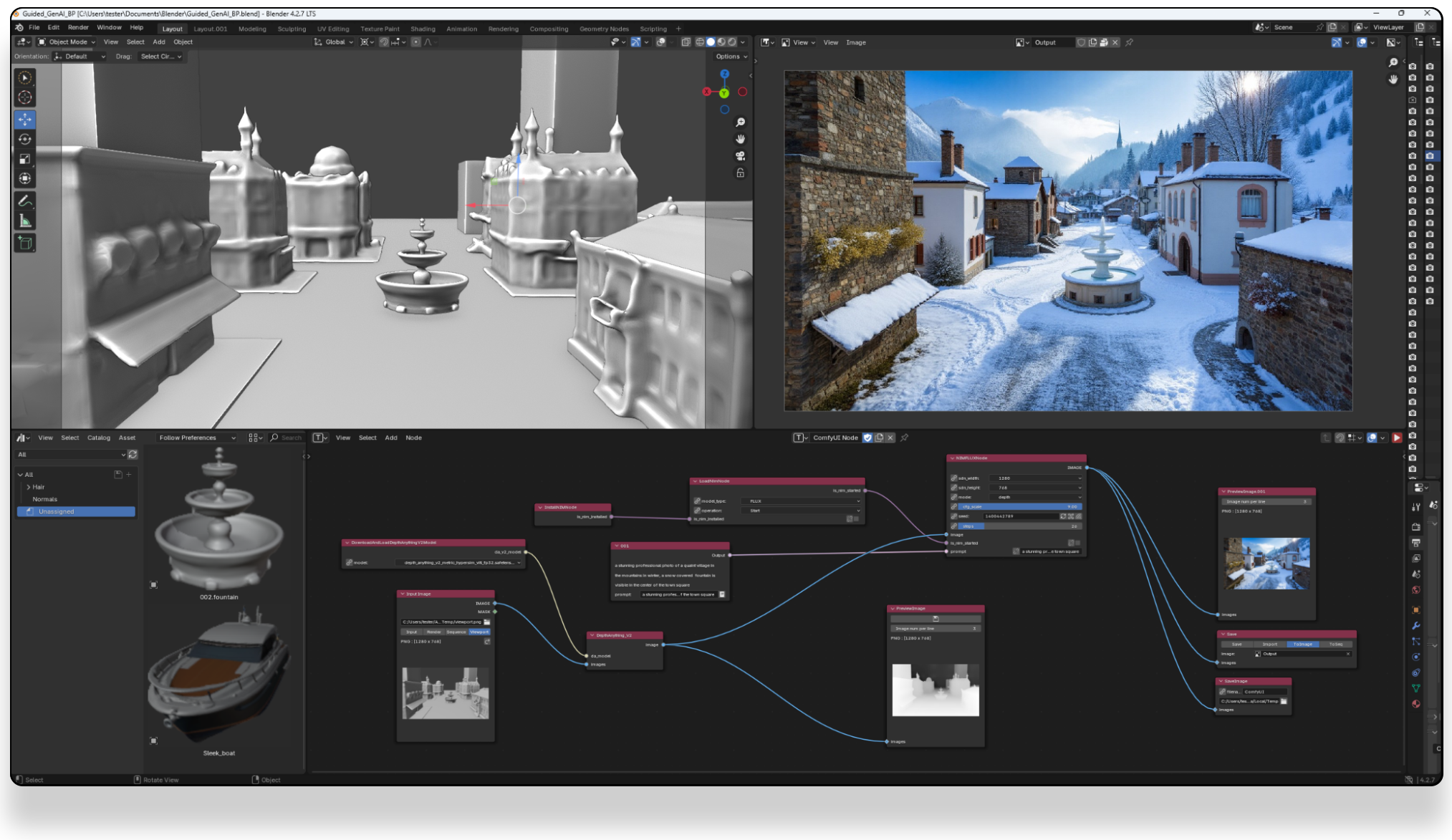BREAKING NEWS
LATEST POSTS
-
ILM to Open New Studio in Australia
The studio is opening a new studio in Sydney to better serve its clients and complement its current operations in San Francisco, where the company is headquartered, Singapore, Vancouver, and London.
“Sydney is an ideal location for our fifth studio,” noted Rob Bredow, Executive Creative Director and Head of ILM, adding, “there is abundant artistic and technical talent in the region which are both keys to ILM’s culture of innovation. It’s particularly exciting that the first film our new studio will contribute to will be Star Wars: The Rise of Skywalker.”
-
Annapurna Pictures Headed for Bankruptcy?
www.awn.com/news/annapurna-pictures-headed-bankruptcy
Annapurna Pictures, the film production, distribution and financing company founded in 2011 by Megan Ellison, daughter of software giant Oracle’s billionaire founder, Larry Ellison, is reportedly attempting to restructure a $350 million credit line secured in 2017 that the company either has or is about to default on.
Megan’s brother, David Ellison, is also in the entertainment business, though by focusing on tentpole properties, has had a much more profitable go at it; he is the founder of Skydance Media, the producer of the recent Mission Impossible hits, the Terminator sequels and the upcoming Top Gun: Maverick starring Tom Cruise.
FEATURED POSTS
-
domeble – Hi-Resolution CGI Backplates and 360° HDRI
When collecting hdri make sure the data supports basic metadata, such as:
- Iso
- Aperture
- Exposure time or shutter time
- Color temperature
- Color space Exposure value (what the sensor receives of the sun intensity in lux)
- 7+ brackets (with 5 or 6 being the perceived balanced exposure)
In image processing, computer graphics, and photography, high dynamic range imaging (HDRI or just HDR) is a set of techniques that allow a greater dynamic range of luminances (a Photometry measure of the luminous intensity per unit area of light travelling in a given direction. It describes the amount of light that passes through or is emitted from a particular area, and falls within a given solid angle) between the lightest and darkest areas of an image than standard digital imaging techniques or photographic methods. This wider dynamic range allows HDR images to represent more accurately the wide range of intensity levels found in real scenes ranging from direct sunlight to faint starlight and to the deepest shadows.
The two main sources of HDR imagery are computer renderings and merging of multiple photographs, which in turn are known as low dynamic range (LDR) or standard dynamic range (SDR) images. Tone Mapping (Look-up) techniques, which reduce overall contrast to facilitate display of HDR images on devices with lower dynamic range, can be applied to produce images with preserved or exaggerated local contrast for artistic effect. Photography
In photography, dynamic range is measured in Exposure Values (in photography, exposure value denotes all combinations of camera shutter speed and relative aperture that give the same exposure. The concept was developed in Germany in the 1950s) differences or stops, between the brightest and darkest parts of the image that show detail. An increase of one EV or one stop is a doubling of the amount of light.
The human response to brightness is well approximated by a Steven’s power law, which over a reasonable range is close to logarithmic, as described by the Weber�Fechner law, which is one reason that logarithmic measures of light intensity are often used as well.
HDR is short for High Dynamic Range. It’s a term used to describe an image which contains a greater exposure range than the “black” to “white” that 8 or 16-bit integer formats (JPEG, TIFF, PNG) can describe. Whereas these Low Dynamic Range images (LDR) can hold perhaps 8 to 10 f-stops of image information, HDR images can describe beyond 30 stops and stored in 32 bit images.










